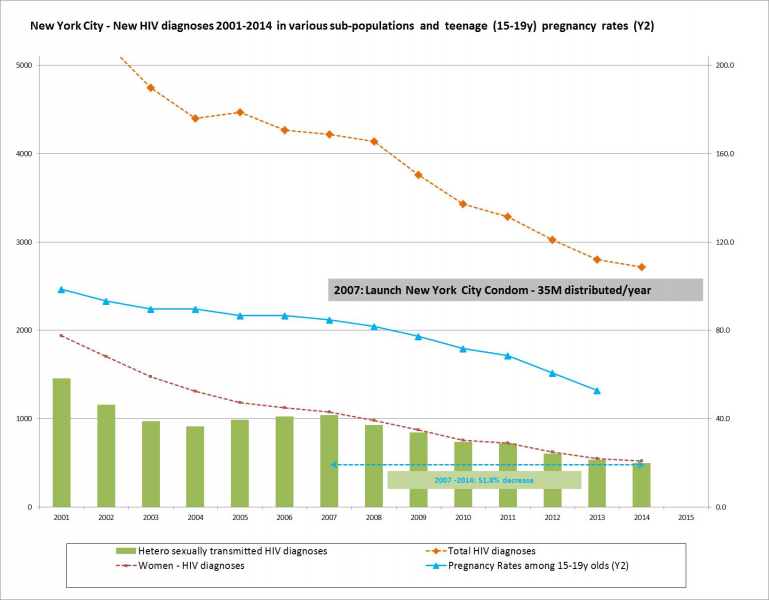The United States of America (US) released an updated AIDS strategy on 30 July which sets the course for its domestic response to HIV over the next five years. The National HIV/AIDS Strategy: Updated to 2020 sets ambitious targets which put particular focus on the people and places most in need.
The US strategy mirrors many of the goals of UNAIDS Fast-Track approach. It calls for 90% of people living with HIV to be aware of their status, aims to increase the percentage of people living with HIV who are retained in medical care to at least 90% and to ensure that 80% of all people diagnosed with HIV have a suppressed viral load which reduces the likelihood of transmitting the virus by around 96%.
Commenting on the new strategy President Obama said that it seized upon rapid shifts in science and policy as more had been learned about the disease. He also said it focused on making sure that every American could get access to life-extending care, no matter who they were, where they lived or how much money they had.
The strategy recommends that efforts be concentrated on people who are being left behind in the response to HIV, namely, gay men and other men who have sex with men, especially African American men, heterosexual African American men and women, young people, people who inject drugs and transgender women. It calls for full access to comprehensive pre-exposure prophylaxis (PrEP) services for those for whom they are appropriate and desired. The strategy also prioritizes certain geographic areas where HIV incidence is high and linkage to, and retention in care is low, including the southern US and specific major metropolitan areas, like Washington, DC.
“I commend President Obama on the bold, new goals set in the updated US strategy which align with the UNAIDS ‘Fast-Track’ approach. The United States joins other nations in pursuit of key prevention, testing and treatment targets that, if met by 2020, put the world on course to end AIDS as a public health threat by 2030,” said Michel Sidibé, Executive Director of UNAIDS.
According to the latest data available from the Centers for Disease Control and Prevention (CDC), there are an estimated 1.2 million people living with HIV in the US, of whom 1 in 8 are unaware of their HIV status. CDC also estimates that 50% of Americans who are diagnosed with HIV are not retained in medical care and that only 37% are accessing life-saving HIV treatment.
At the event to launch the revised strategy, which was held in Atlanta, Georgia, it was also announced that Mayor Kasim Reed had signed the Paris Declaration—Fast-track cities: Ending the AIDS epidemic. In signing the declaration, the mayor has committed to putting Atlanta on the Fast-Track to ending the AIDS epidemic through a set of commitments. Those commitments include achieving the UNAIDS 90–90–90 targets, which will result in 90% of people living with HIV knowing their HIV status, 90% of people who know their HIV-positive status on antiretroviral treatment and 90% of people on treatment with suppressed viral loads, keeping them healthy and reducing the risk of HIV transmission.
The Fast-Track Cities Initiative is supported by its core partners, namely, the City of Paris, the International Association of Providers of AIDS Care (IAPAC), UNAIDS and the United Nations Human Settlements Programme (UN-Habitat).



